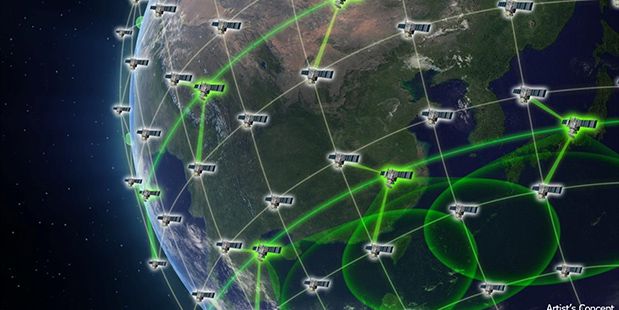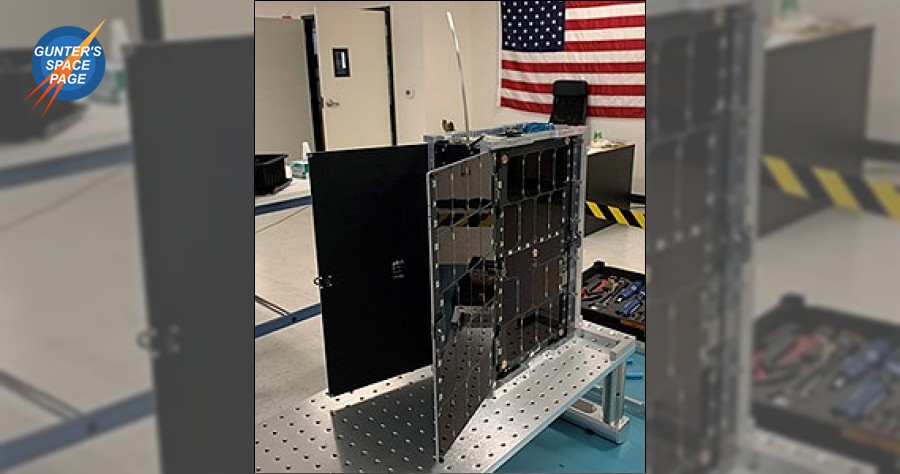@Crom's Black Blade I guess thinking on it my skepticism of the EMP caused riots and orbital bombardment both stem from a shared assumption on the resiliency of the civilian economy/civilization.
Lets go back to my earlier number of 12 billion tons shipped per year in the US at face value. So, for 300 million people, that suggests roughly 40 tons moved per person, which seems roughly in line with annual per capita of
24 tons per capita. So, say you had a 1 Billion man developed planet. Maybe 4x as rich as the US with 100 tons per capita consumption. Canada gets to roughly 60 tons, I assume for winter, so a planet involved in global extraction with a tenth of our population and engaged in large scale space flight.
So, roughly 100 billion tons produced/consumed, maybe a transport capacity of roughly 200-300 billion tons of transport capacity?
Assuming US vehicle per capita numbers, multiplied by 4 for the higher wealth, you have the following numbers for the economy:
| Vehicle Type | US Number | US per Capita, 1 billion man planet (3x) | Theoretical 1 billion planet with 4x per Capita vehicles (12x) |
| Aircraft | 210 thousand | 600 thousand | 2.5 Million |
| Highway | 276 million | 800 million | 3.3 Billion |
| Transit | 138 thousand | 400 thousand | 1.6 million |
| Rail Cars | 277 thousand | 800 thousand | 3.3 million |
| Watercraft | 12 million | 40 million | 144 million |
| Total Vehicles: | 288 million | 840 million | 3.4 billion |
All numbers are absolutely dominated by road vehicles, though I'm surprised how many boats there actually are in the US.
So, an advanced world is going to have something on the order of 1-3 billion vehicles in the civilian economy. Even if you only had per vehicle cargo capacity in line with civilian vehicles of roughly 400 kg, and it only carried that much cargo per day, that's still collectively 400 billion tons carryable.
People starving is still likely in the 1 kg/day roughly 400 kg per year, so keeping everyone alive is still only 0.4 billion tons, or 0.1% of lowballed transport capacity.
Military at 1% mobilization would be an army of roughly 10 million, and even if per capita military consumption is 1,000 tons, 10x higher than average, military consumption is still only 10 billion tons, or 2.5% of transport capacity.
So, your back to needing to destroy 90-95% of the civilian economy to achieve short term crippling limits to basic survival or military operations.
Civilian economies of rich nations are likely extremely resilient to orbital bombardment type destruction, at least sub general nuking (and even those you can get pretty resilient with a bit of prep). The less completely out of blue the attack, the resilience likely increases exponentially.
Crippling the million or so military vehicles (depending on native logistics may make the military even more short term independent of the civilian economy) by chewing through the civilian economy, which may include destroying/disabling 900 million civilian vehicles, seems likely to be expensive and generally counterproductive.





